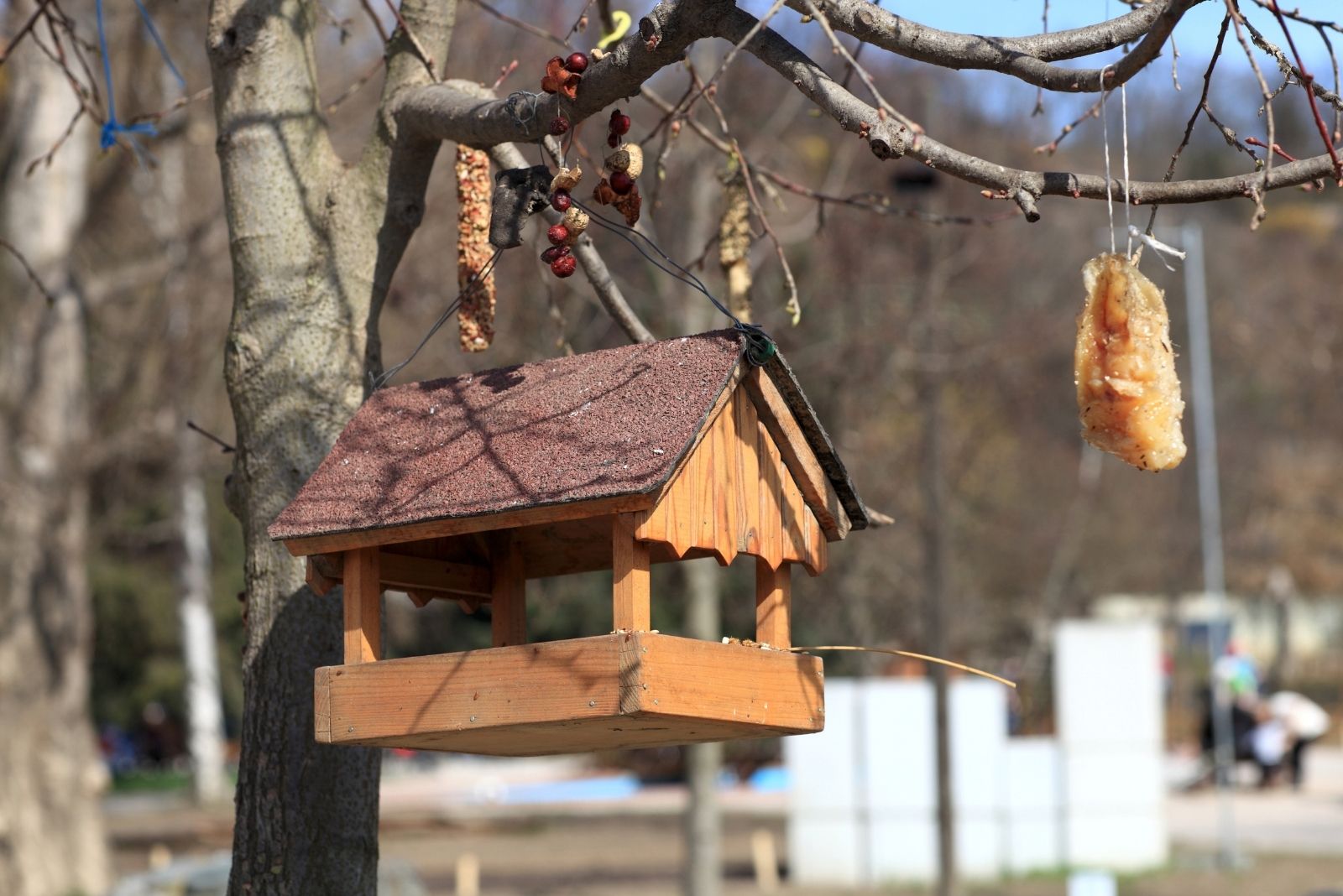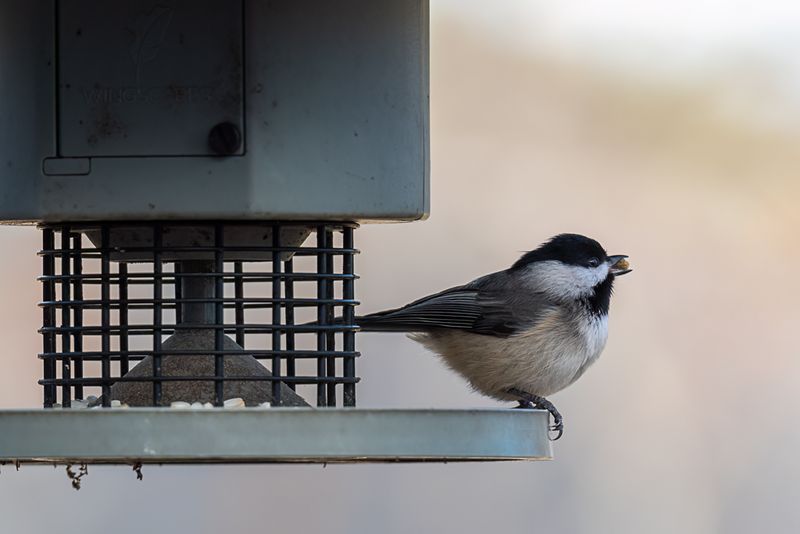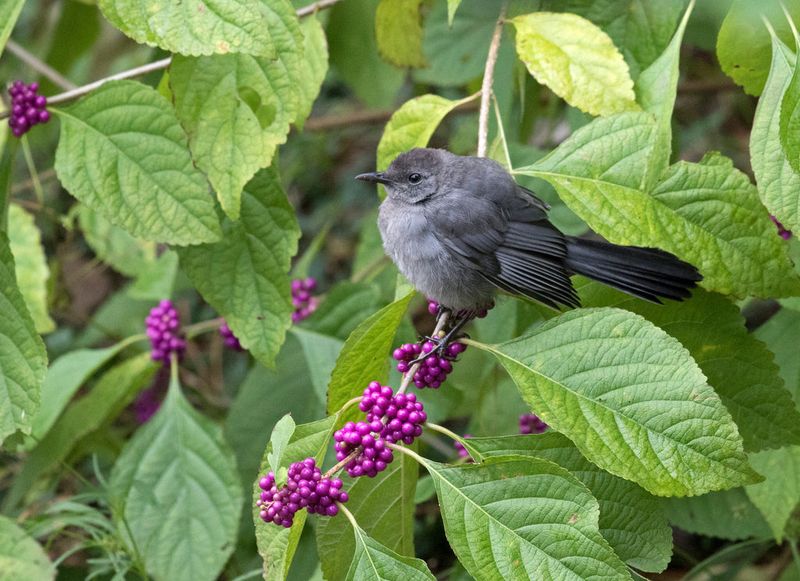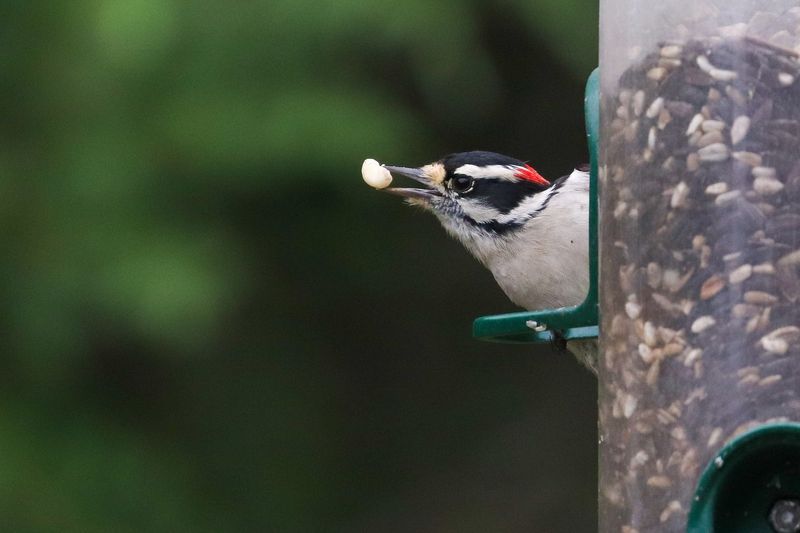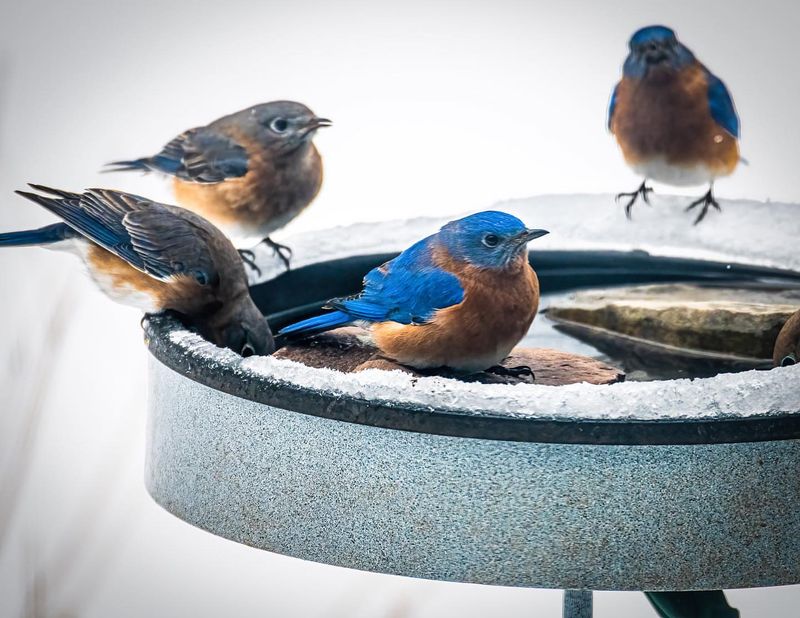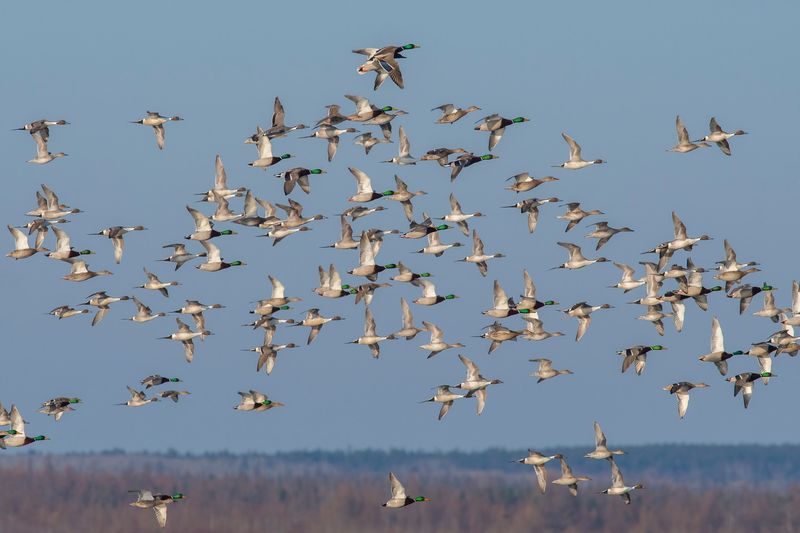As autumn paints New Hampshire in fiery reds and oranges, it’s the perfect moment to prep for your feathered visitors. Setting up bird feeders before the first frost isn’t just thoughtful—it’s smart. It helps birds and brings life to your garden.
When natural food sources dwindle, local birds turn to backyard feeders for support. By getting yours ready early, you’ll attract a steady stream of activity. It’s a simple way to support wildlife and enjoy nature up close.
Plus, early feeding can boost your garden’s ecosystem in unexpected ways. Birds help with pest control and pollination, keeping your yard healthy. It’s a win-win for you and your winged guests.
1. Birds Establish Feeding Patterns Early
Migratory birds map out reliable food sources before winter hits New Hampshire hard. When you hang feeders in early fall, you’re essentially putting your yard on their mental GPS system.
I’ve noticed that chickadees and nuthatches become regular visitors once they discover my feeders, returning daily throughout winter. This consistency helps them conserve precious energy when temperatures drop below freezing.
Birds that discover your feeders during fall migration often return year after year, creating a special connection between your garden and local wildlife.
2. Supports Late-Season Pollinators Too
Your feeder setup creates a mini-ecosystem that benefits more than just birds. Native New Hampshire plants like purple coneflower and black-eyed Susans produce seeds that attract both birds and beneficial insects during the transition to winter.
Early feeder placement lets you observe which plants naturally draw birds to your yard. For me, watching goldfinches balance on coneflower stems while feeding has informed better garden planning each year.
Consider planting seed-producing natives like Joe-Pye weed and asters near your feeders for a complete wildlife habitat that transitions smoothly from growing season to winter.
3. Prevents Winter Seed Shortages
Setting up feeders before frost means you’ll have supplies ready before heavy New Hampshire snowfall makes shopping difficult. Many local garden centers offer better seed selection in fall than mid-winter when stocks run low.
Black oil sunflower seeds attract the widest variety of birds to my yard and stay fresh longer when purchased before winter humidity sets in. Stocking up early also means catching sales before holiday price increases.
Establishing a feeding routine before December gives you time to experiment with different seed types and feeder styles to determine what works best for your specific location and bird population.
4. Creates Natural Pest Control
Attracting insect-eating birds like woodpeckers and chickadees to your yard before frost helps reduce overwintering pests. These birds will hunt tree bark for insect eggs and larvae while visiting your feeders.
The white pines in my New Hampshire backyard have fewer pine beetles since I started year-round feeding. Birds that become comfortable in your space before winter will thoroughly inspect your garden’s trees and shrubs.
Suet feeders placed near fruit trees and berry bushes encourage birds to patrol these areas regularly, providing free pest management that continues through spring when insects become active again.
5. Helps Birds Through The Toughest Transition
The period between first frost and deep winter is particularly challenging for New Hampshire birds. Natural food sources like berries from dogwood and winterberry holly are still available but diminishing rapidly.
Early feeder placement creates a reliable bridge during this transitional time. Last year, I watched bluebirds switch from feeding on mountain ash berries to visiting my mealworm feeder as natural sources dwindled.
Consider adding a heated bird bath alongside your feeders before temperatures consistently drop below freezing. Fresh water becomes critically scarce during early frost periods, making this combination especially attractive to birds.
6. Migratory Birds Need Fuel For Their Journey South
Many birds passing through New Hampshire during fall migration need extra calories to complete their long journeys. Setting up feeders before frost helps these travelers refuel during critical pit stops. Some species may fly thousands of miles to reach winter destinations!
Black-oil sunflower seeds, nyjer, and suet provide the high-energy food these birds desperately need. Chickadees, nuthatches, and finches will become regular visitors, creating a lively backyard scene even as temperatures drop.
Early feeders also help birds map reliable food sources. They’ll remember your yard when they return in spring, creating a year-round relationship with your local bird community.

